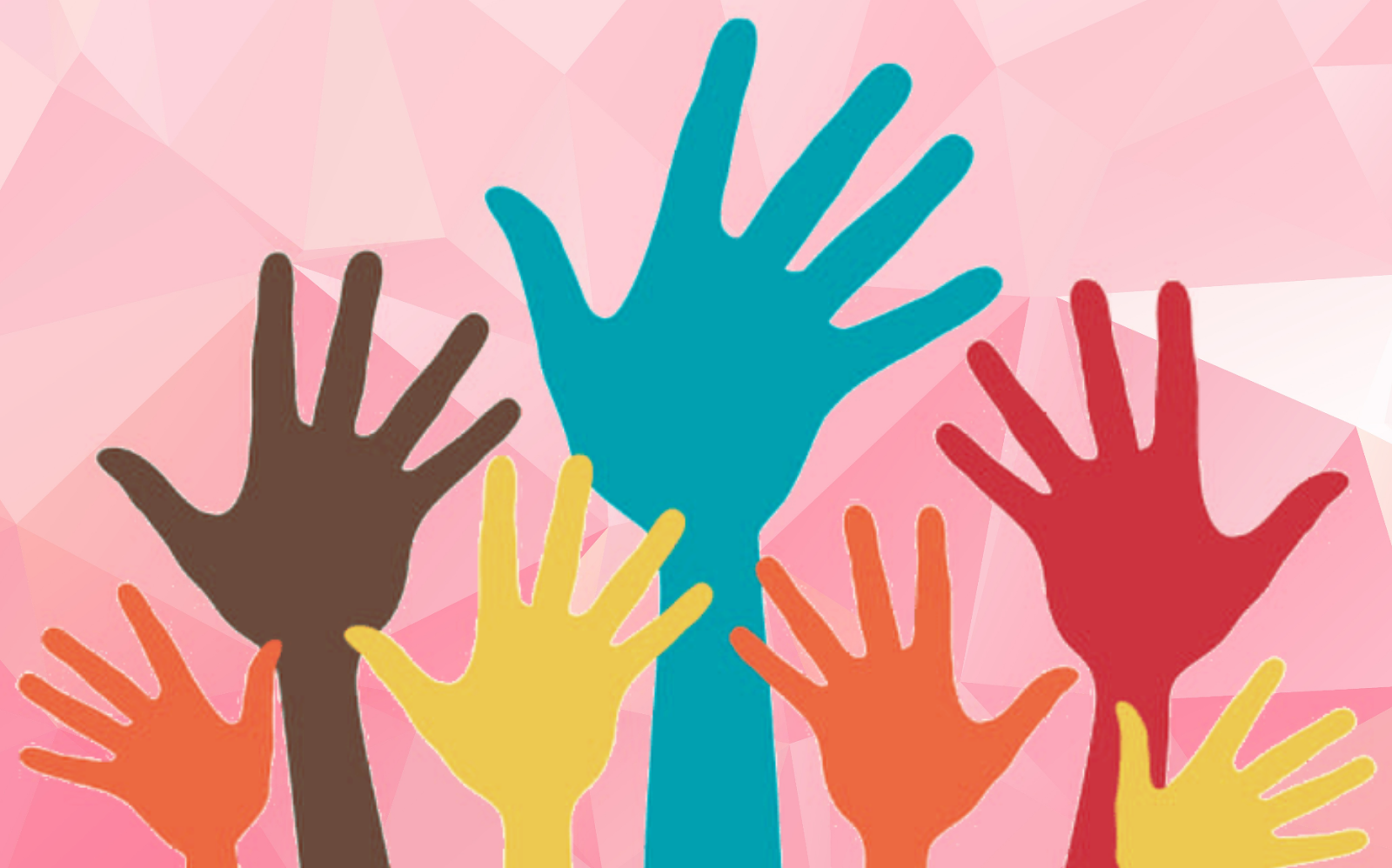The Significance of Collaboration and Partnership for a Nonprofit Agency in Maximizing Resources and Enhancing Area Engagement
In the realm of nonprofit agencies, cooperation and partnership become vital mechanisms for promoting and enhancing resources community interaction. By purposefully involving with various other organizations, nonprofits can take advantage of shared competence and economic assistance, therefore addressing complicated social difficulties extra expertly. Moreover, these partnerships not just enhance program efficacy yet additionally grow a much deeper feeling of area involvement and ownership. Yet, truth capacity of these collaborative initiatives commonly remains untapped, elevating concerns about how best to navigate collaborations for ideal effect and sustained success. What elements contribute to the effectiveness of these collaborations?
Benefits of Partnership

Furthermore, collaboration cultivates technology by urging the exchange of concepts and ideal methods. When organizations interact, they can discover varied point of views, bring about creative remedies that may not arise in isolation. This common problem-solving technique can inevitably improve service distribution and program outcomes.
In addition, collaborative initiatives can improve area engagement. When nonprofits partner with one an additional, they can set in motion broader assistance from stakeholders, consisting of volunteers, contributors, and neighborhood participants. This cumulative interaction not just raises presence but also enhances the reputation of the participating organizations.
Structure Strategic Partnerships
Partnership among nonprofit companies often results in the development of critical collaborations, which are essential for maximizing impact and accomplishing shared goals. These partnerships allow companies to leverage each other's toughness, enhancing service distribution and expanding outreach. By lining up goals and missions, nonprofits can produce a collaborating impact that enhances their reach and efficiency within the community.
Structure critical collaborations needs cautious planning and common understanding. Organizations must first identify potential companions that share comparable values and objectives, making sure compatibility in objective and vision. Establishing open lines of communication promotes depend on, permitting companions to go over responsibilities, assumptions, and sources transparently. Collaborative initiatives and regular conferences can aid keep momentum and address difficulties proactively.
Moreover, clearly defined duties and duties are vital for accountability and success. Defining the partnership through created contracts can offer a structure for partnership, laying out the range of work, efficiency metrics, and assessment techniques. By cultivating these tactical partnerships, nonprofit firms can improve their capacity to resolve neighborhood demands, introduce services, and mobilize sources successfully, ultimately leading to an extra substantial and lasting effect in the areas they offer.
Sharing Resources Properly
How can not-for-profit companies optimize their impact with efficient source sharing? By purposefully collaborating with other organizations, nonprofits can boost their functional performance and prolong their reach within the area. Resource sharing involves merging numerous properties, consisting of funds, employees, expertise, and facilities, to attend to usual goals a lot more effectively.

Furthermore, leveraging each other's strengths can cultivate technology. By trading expertise and ideal practices, firms can boost solution distribution and develop new options to neighborhood difficulties. Efficient resource sharing also cultivates a sense of unity, reinforcing the concept that cooperation is vital for accomplishing considerable social influence.
Involving the Neighborhood
What strategies can nonprofit view companies use to effectively engage their communities? Firstly, establishing open lines of interaction is important. Making use of numerous systems, such as social networks, newsletters, and community forums, permits agencies to distribute info, solicit responses, and foster dialogue. This two-way communication not just notifies the area concerning the firm's mission and activities but additionally welcomes input, making neighborhood participants feel valued and involved.
Additionally, developing partnerships with neighborhood organizations can improve outreach efforts. nonprofit agency. Teaming up with colleges, companies, and other nonprofits can magnify resources and develop an extra extensive support network, enabling joint efforts that resonate with neighborhood demands
Furthermore, holding area events, workshops, and volunteer chances can promote deeper interaction. These activities develop a sense of belonging and encourage energetic participation, allowing individuals to contribute to the company's objectives while developing relationships with fellow neighborhood members.
Gauging Collective Success
Reviewing the effectiveness of collaborative efforts is necessary for not-for-profit firms seeking to maximize their effect. Determining collective success involves establishing clear, measurable objectives and utilizing a variety of metrics to evaluate efficiency. Secret signs may include the number of partnerships formed, sources shared, and the substantial end results attained with collaboration.
To efficiently measure success, nonprofits ought to execute a framework that incorporates both qualitative and quantitative information. Surveys and interviews can give understandings right into stakeholder complete satisfaction and the perceived worth of collaborations. Furthermore, tracking metrics such as service reach, area interaction levels, and financial efficiency can supply a thorough sight of collective efficiency.
Regular assessments ought to be conducted to determine areas of renovation and finest techniques. This repetitive process not just enhances accountability yet additionally promotes a society of continuous learning within the company - nonprofit agency. By transparently sharing evaluation results with stakeholders and companions, nonprofits can construct and strengthen partnerships count on
Inevitably, measuring collaborative success allows not-for-profit agencies to improve their strategies, allocate sources extra successfully, and strengthen their mission-driven initiatives, causing a greater collective influence on the communities they serve.
Final Thought

In the realm of nonprofit agencies, collaboration and partnership emerge as important mechanisms for fostering and enhancing resources neighborhood a knockout post engagement - nonprofit agency. By cultivating these calculated partnerships, nonprofit firms can boost their capability to deal with community demands, introduce services, and mobilize sources properly, eventually leading to an extra lasting and considerable impact in the areas they serve
By purposefully teaming up with various other companies, nonprofits can enhance their functional effectiveness and extend their reach within the area.What strategies can nonprofit companies utilize to successfully involve their areas?Cooperation and collaboration stand as important columns for nonprofit firms aiming to make best use of sources and enhance community involvement.